Expensive fake things bought with real money
EVERY day, Australians blow huge amounts of money on things that don’t exist. It sounds crazy. It is crazy. And it’s definitely not about to stop.
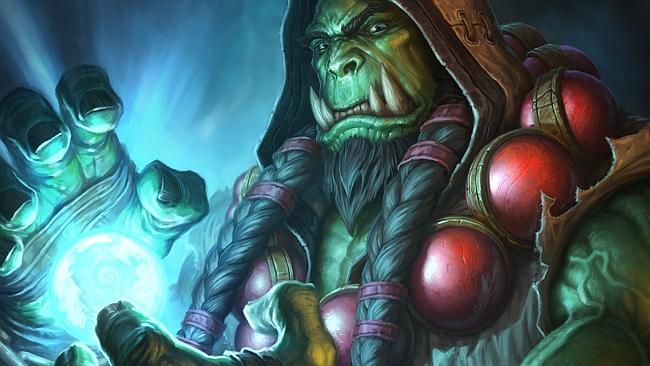
Costs
Don't miss out on the headlines from Costs. Followed categories will be added to My News.
HOW much would you be willing to spend on an imaginary item — a collection of pixels and polygons sitting inside a computer? For some video gamers, the sky is the limit.
While most people worry about paying off their mortgage and keeping food on the table, others are splashing mortgage-level sums on virtual items housed on game servers half a world away.
We’re not talking about spending 99c on extra lives in Candy Crush — there are cases of people spending millions of dollars on fake things.
These digital distractions can be purchased directly from the game company itself (sort of like buying personalised numberplates from the RTA), or within virtual marketplaces where players determine their own rules of supply and demand. However you purchase them, they’re big business.
A World Bank report from 2011 estimated that the trade in virtual items — everything from spaceships, weapons, clothing and hats, to even entire cities — was worth around $3.7 billion globally.
The man tipped to become Greece’s new finance minister, Yanis Varoufakis, until recently worked as a consulting economist with video game giant Valve, researching player-driven digital economies.
Highlighting how the lines between digital and real-world value are blurring, in 2013 an Australian World of Warcraft player sued her insurance company after it refused to pay out a claim for $75,000 worth of gold bullion stolen from her home.
Kristina Fincham had built up her real-world stash through ‘gold farming’ — performing mundane tasks within the game, such as repeatedly killing the same monster, to collect items which can then be sold for real-world money.
In some cases, a lot of real-world money. If you haven’t played a video game since Pong, brace yourself. Here are 10 ridiculous virtual items:
1. HORSE ARMOUR
$US2.50
THE ELDER SCROLLS: OBLIVION
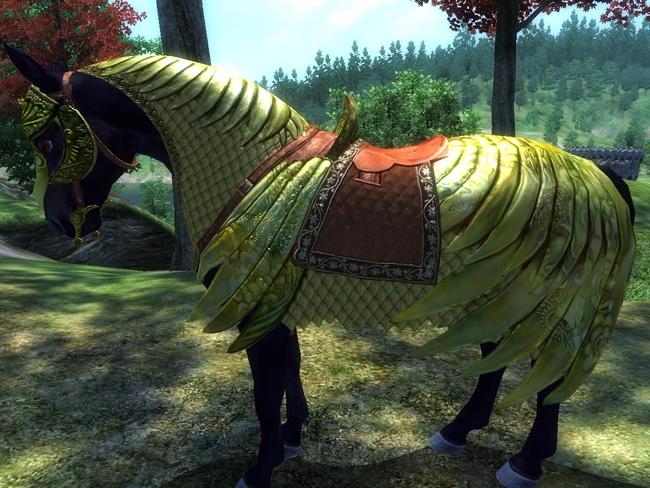
In 2006, a video game company called Bethesda released The Elder Scrolls: Oblivion, a sort of high-fantasy, choose-your-own adventure, role-playing adventure game. Not long after, it began rolling out small packages of extra ‘downloadable content’, or DLC, the most notorious of which was the $2.50 ‘Horse Armour’ DLC, which does exactly what it says on the tin. While $2.50 doesn’t sound like much, it was a testing of the waters, and largely seen as a precursor to the current, incredibly profitable, industry model.
2. BLUE PARTYHAT
$US1680
RUNESCAPE

Runescape is a massively multiplayer online role-playing game, or MMORPG. The Blue Partyhat is a highly rare, discontinued item that was given out to players as part of a Christmas event in 2001. Since most people destroyed theirs at the time, and no more will ever be created, the Blue Partyhat has become one of the most valuable items in Runescape, and a medium of exchange in itself. Its in-game price is 2,147,483,647 — the maximum number of ‘coins’ that can be held — which is roughly $US1680 in real money.
Correction: A Runescape player writes in to say, “The Blue Partyhat doesn’t cost 2.147B but rather, this is the maximum Java integer limit, the real price is somewhere at around 5,000,000,000, we call this the ‘Street Price’.”
3. JAVELIN
$US2500
STAR CITIZEN
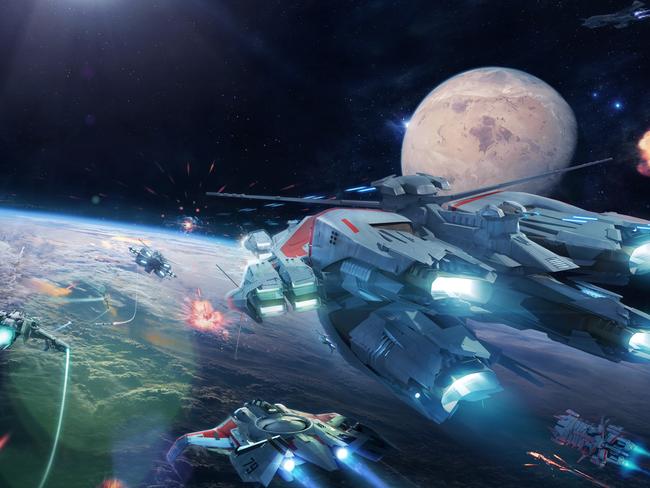
In the olden days, it went something like this: company makes product, customer buys product. Today, thanks to the joys of crowd-funding, it’s more like: company begs customer for money to make product, customer eventually gets product several years later. US* company Roberts Space Industries has raised millions of dollars for the development of its upcoming space simulator Star Citizen by selling the virtual spaceships ahead of time. The most expensive was the limited-edition, $US2500 Javelin. If you think nobody would ever pay that much, don’t — it reportedly sold out within seconds.
4. DRAGON SLAYING SABRE
$US16,000
AGE OF WULIN
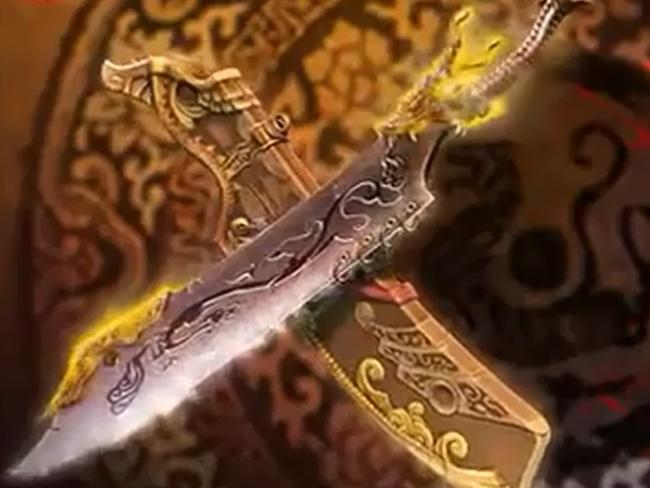
In 2011, an avid Chinese gamer made headlines when he splashed out $US16,000 on a one-of-a-kind virtual sword for a martial arts game that hadn’t even been released yet. The unnamed man was the winning bidder in an online auction held by the developers of the highly anticipated Age of Wulin, an online role-playing game set in medieval China. Others purchased items at the same event for $US2500 and $US1600. It’s unclear whether the ‘Dragon Slaying Sabre’ slays actual dragons, or whether ‘dragons’ is a euphemism for ‘children’s inheritance’.
5. NIGHT ELF
€7,000
WORLD OF WARCRAFT

When a World of Warcraft character changed hands for €7,000 back in 2007, at the time it made headlines for setting the record for the sale of virtual items. How far we’ve come. So notable was the sale that even the BBC reported on it, explaining that the night elf rogue called ‘Zeuzo’ was so valuable because it possessed magical items owned by only a handful of the game’s millions of players. A friend of the seller said the only reason he had sold the account was “financial hardship”. A better reason would have been “because someone was actually willing to pay me €7,000”.
6. REVENANT SUPER CARRIER
$US10,000
EVE ONLINE
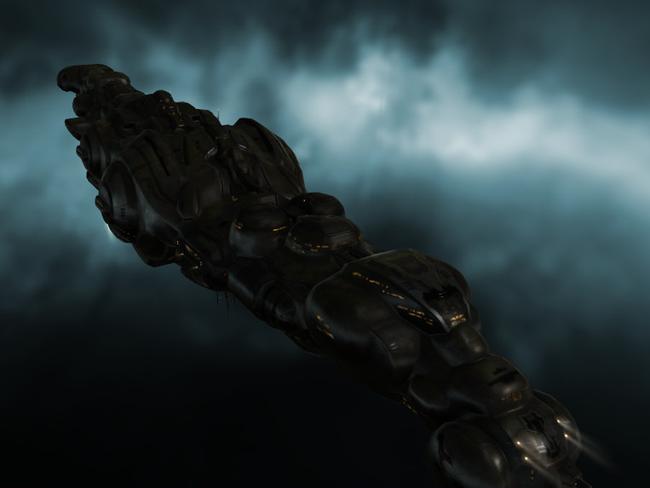
Massively multiplayer online game Eve Online, in which players buy, pilot, trade and fight with giant spaceships, is one of the most complex and long-running online games — its developers even hired a full-time economist, Dr. Eyjólfur Guðmundsson, to monitor the player-driven economy. Last year, a player lost the equivalent of around $US10,000 when his super-rare spaceship, called a Revenant Super Carrier, was ambushed and destroyed by a rival faction. The ship, which can only be constructed when the player finds the right ‘blueprint’, was believed to be one of only three in the game.
7. ECHOING FURY
$US12,000
DIABLO III
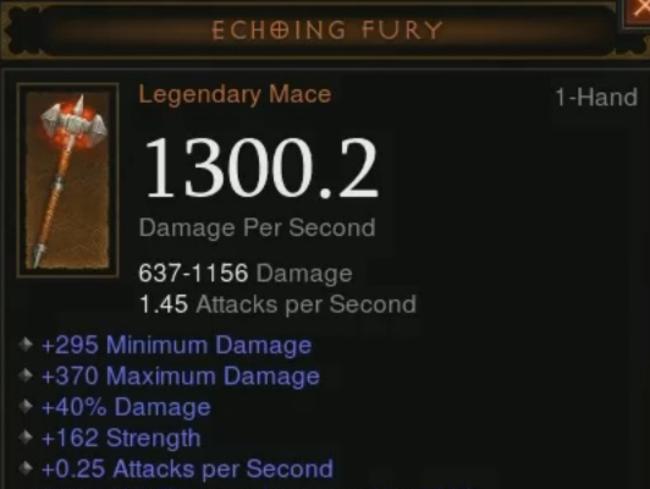
Created by the makers of World of Warcraft, Diablo III is another popular game where players kill monsters, to collect items that allow them to kill more monsters, to collect more items, in a never-ending treadmill. When it was first released, it included an in-game ‘auction house’, where players could sell items they had found to other players, either for real money or in-game currency. It was eventually shut down when the game company realised they had “short-circuited” the carefully balanced reward structure of the game — but not before one player sold an ultra-rare weapon for more than $US12,000 ($A15,120).
8. BURNING FLAMES TEAM CAPTAIN HAT
$A24,380
TEAM FORTRESS 2
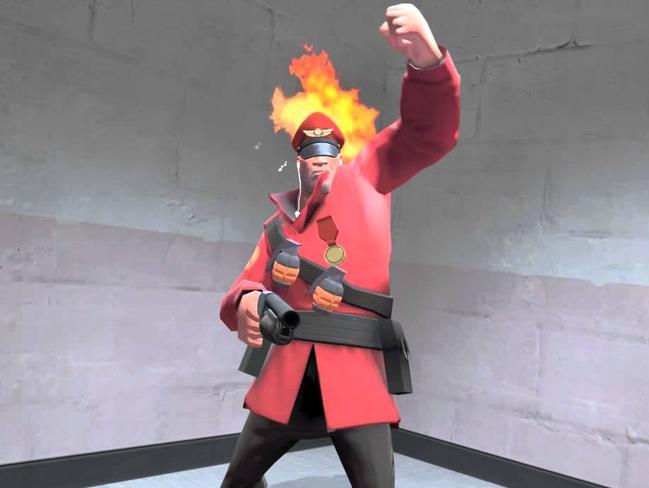
Continuing the theme for absurdly expensive imaginary headwear is something called the Burning Flames Team Captain Hat, reportedly the most expensive item ever sold in the virtual marketplace for the team-based shooter Team Fortress 2. Its buyer paid 540 ‘buds’ — another in-game item used as currency — which translates to around $A24,380. Asked on internet forum Reddit whether he regretted paying so much, he said it was “actually cheaper than what I was expecting, so not at all”. So is he just rich? “More or less.”
9. AMSTERDAM
$US50,000
SECOND LIFE
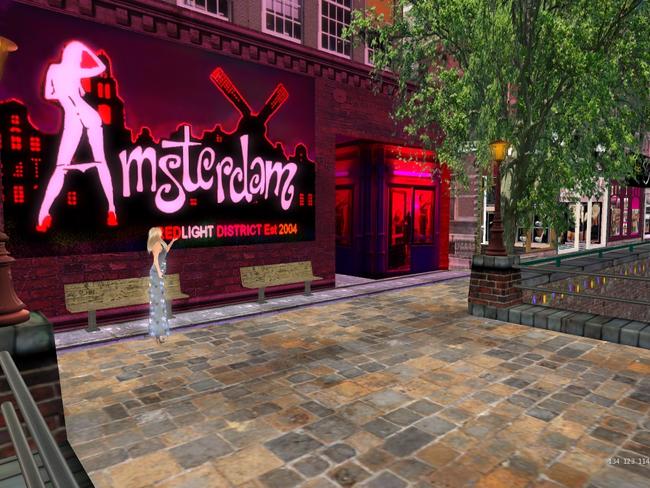
In 2007, a user of online game Second Life sold an entire virtual recreation of the Amsterdam’s red light district on eBay for $US50,000. Why so expensive? Adult entertainment entrepreneur Kevin Alderman, aka ‘Stroker Serpentine’, had created, in addition to painstaking reproductions of streets, shops and canals, hundreds of animations of Second Life prostitute avatars performing sex acts, for which real people paid real, actual money — the equivalent of around $A60, in some cases.
10. PLANET CALYPSO
$US6,000,000
ENTROPIA UNIVERSE

In 2011, a company called SEE Virtual Worlds set the Guinness World Record for most expensive virtual property purchase when it bought an entire planet in a game called Entropia Universe for $US6 million. SEE bought the rights to the planet from the game’s Swedish developer, MindArk, as a virtual investment — the ‘planet’ was actually home to a thriving community of players making hundreds of millions of dollars worth of transactions every year. Entropia broke its previous record from 2010, when a man sold a popular virtual nightclub in the game for $US635,000.
Have you ever spent money on virtual items? Leave your comments below or email the writer at frank.chung@news.com.au
Originally published as Expensive fake things bought with real money



